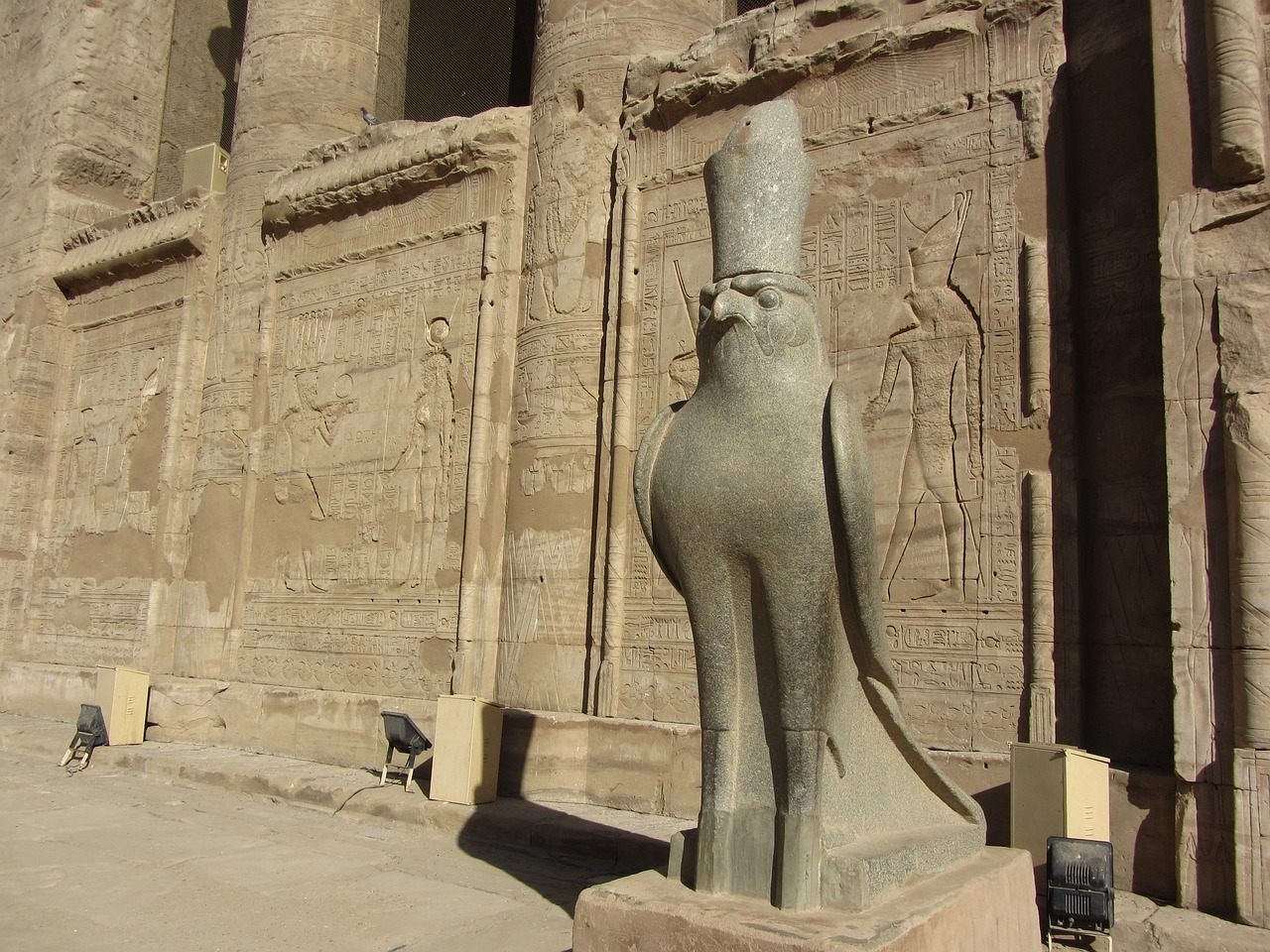Insights into Ancient Egyptian Religion
Defining Ancient Egyptian Religion
Ancient Egyptian religion encompasses the indigenous beliefs that flourished in Egypt from as early as the 4th millennium BCE until the eventual decline of traditional practices around the first centuries CE. This belief system was intricately woven into the fabric of Egyptian civilization, particularly during the historical period that began around 3000 BCE. While earlier traditions likely influenced later practices, the establishment of the Egyptian state marked a significant shift in the religious landscape.
Context of Religious Practice
Religion in ancient Egypt was not a singular ideology; instead, it was a complex phenomenon deeply integrated into the society’s daily activities and values. Across more than three millennia of evolution, the Egyptian religious framework experienced shifts in emphasis and ritual, but retained a consistent character and spirit throughout various eras. It is crucial to understand that religion encompassed more than just the worship of deities and human piety—activities such as divination, contact with the dead, and the use of magic were also significant.
Key Figures: Gods and Pharaohs
Central to public religious life were the king and the gods, both intrinsic to Egyptian culture. The Pharaoh occupied a unique position, acting as a bridge between the divine and human realms. He was believed to embody both elements, participating in the divine sphere while also being responsible for the welfare of his people. His role extended to building monumental tombs designed for the afterlife, informing much about the community’s spiritual beliefs.
The pantheon of Egyptian gods is diverse, often depicted in intriguing forms that combine human features with animal heads. Among the principal deities were the sun god, characterized by multiple names and aspects, as well as Osiris, the god presiding over the dead and the underworld. Osiris gained prominence with his counterpart, Isis, particularly during the first millennium BCE, a time when solar worship began to wane.
Cosmic Understanding and Royal Duty
The ancient Egyptians viewed the world as a cosmic entity containing both the deities and their earthly domain, with Egypt at its heart. This ordered existence was contrasted against a backdrop of chaos that posed a continuous threat. The king’s primary function was to maintain harmony and order, a task empowered by the gods’ favor. While this acknowledgment of disorder conveyed a somewhat bleak worldview, it simultaneously justified the king’s and elite’s authority in preserving that order.
Symbolism in Monumental Art
Official depictions of the cosmos, seen through monuments and visual artworks, conveyed a hopeful narrative. These representations often illustrated the harmonious relationship between the king and the gods, emphasizing the crucial interplay between maintaining order and the existence of chaos. The strict codes surrounding decorum influenced what could be depicted in these artworks, contributing to a consistent strategy in religious communication and societal values.
Complexities of Belief Across Society
While the religious beliefs of the elite are well-documented through monumental art and official literature, the spiritual practices of the general populace remain less understood. However, it is generally accepted that there was no significant division between the religious experiences of the ruling class and the common people, although disparities may have existed.
In summary, ancient Egyptian religion represents a rich tapestry of belief and practice that significantly shaped the civilization’s identity and societal structure. The enduring relationship between the king, the gods, and the everyday lives of the people underscores the religion’s integral role in shaping ancient Egyptian culture.



